10 Best Places to Visit in Arkansas

Searching for the best places to visit in Arkansas? Well, you are in the right place! I’ve always loved how The Natural State combines natural beauty with a warm, down-to-earth spirit. I find Arkansas one of the easiest states to visit. It's an eight-hour drive from my home in Austin, TX to reach Hot Springs, AR but I don't mind.
The Natural State’s a land of sparkling lakes, rushing rivers, dense forests, and mountain vistas that invite both adventure and relaxation. From charming small towns to vibrant cultural hubs, here are some of my favorite places to visit and things to do in Arkansas that I uncovered during my one-month road trip that truly capture its authentic Southern character. I think you’ll enjoy them too.
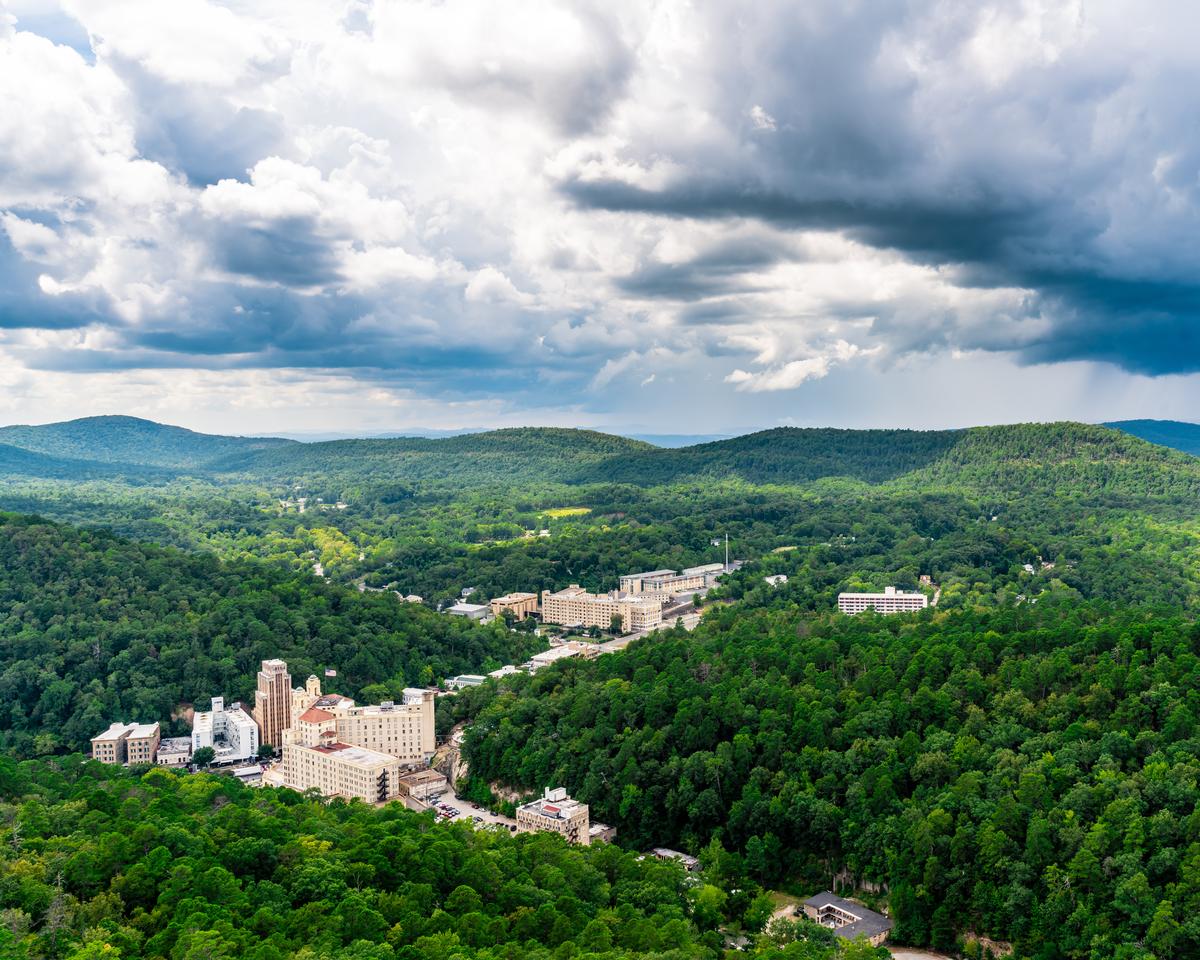
1. Hot Springs - 1 hour from Little Rock
Set at the edge of Hot Springs National Park, this is one of the most unique small cities I’ve visited since I moved to the South, and I think it’s one of the best weekend destinations in Arkansas.
I based myself at the iconic 3-star Arlington Resort Hotel & Spa for two nights, a grand 1920s-era hotel that has seen presidents, gangsters, and Hollywood stars pass through its gilded halls. Each day, I wandered along Bathhouse Row , marveling at the elegant Spanish and neoclassical facades of bathhouses like Buckstaff and Quapaw, where marble floors, stained glass, and therapeutic pools still carry the glamour of a bygone age.
The town’s historic downtown is a character all its own! You can visit boutique shops, art galleries, and have Kollective Coffee & Tea for a 30 minute break.
- Location: Central Arkansas, in the Ouachita Mountains southwest of Little Rock, home to Hot Springs National Park and the historic Bathhouse Row
What I loved best:
Hiking up into Hot Springs National Park was my favorite highlight, where forested trails led me to panoramic views of rolling green ridges, punctuated by the occasional puff of mist from the hot springs below.
Local tip: For something totally unique, head to Superior Bathhouse Brewery and sample a craft beer flight made with thermal spring water!
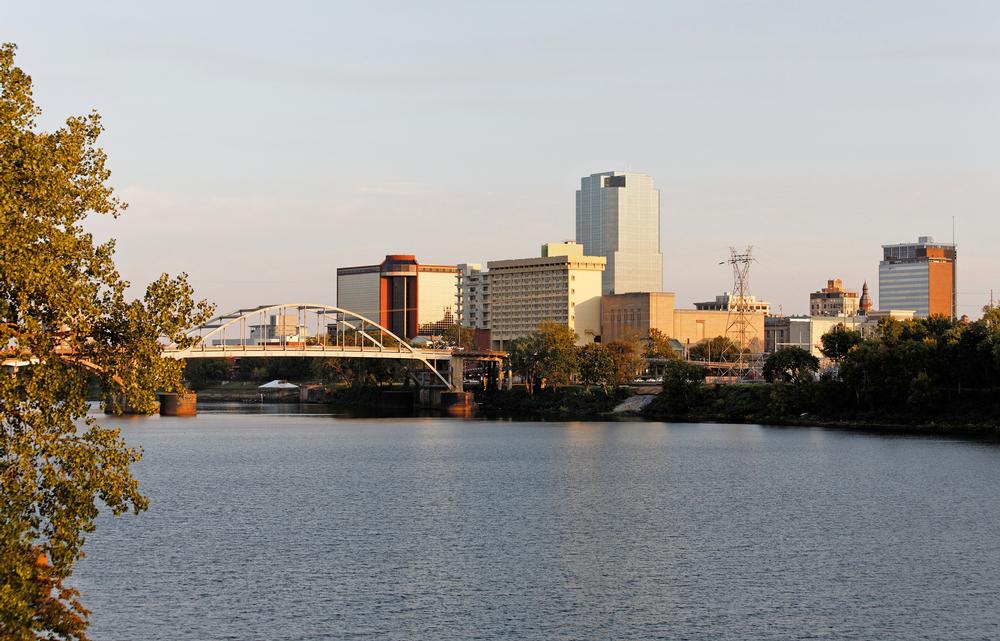
2. Little Rock
What I love most about the capital of Arkansas is the river, framed by parks, bridges, and trails. Whether I'm biking along the Arkansas River Trail, watching the sunset from the Junction Bridge, or enjoying a meal with waterfront views, the scenery gives everything a peaceful, wide-open feel.
After just a quick 10-minute drive from the airport, I checked into the elegant 5-star Capital Hotel downtown for two days, followed by a week in a local vacation rental. The Capital Hotel is the only AAA Four Diamond hotel in "The Rock" (and one of only three in the state) so you can trust that it's a quality place.
The rhythm was easygoing but full of discovery. My son, Chris and I walked along the scenic Arkansas River Trail, admired the skyline from the Big Dam Bridge, toured the Clinton Presidential Library, visited Little Rock Central High School, wandered through the leafy Quapaw Quarter lined with Victorian homes, and browsed the River Market District filled with cafés, art galleries, and local shops.
- Location: Central Arkansas, along the Arkansas River, southeast of the Ouachita Mountains and home to the state capitol
What I loved best:
The Little Rock’s Downtown Food Truck Festival in September.
Local tip: At sunset, start near the Junction Bridge downtown and walk across the river for stunning skyline views of orange and pink that only the locals seem to know about.
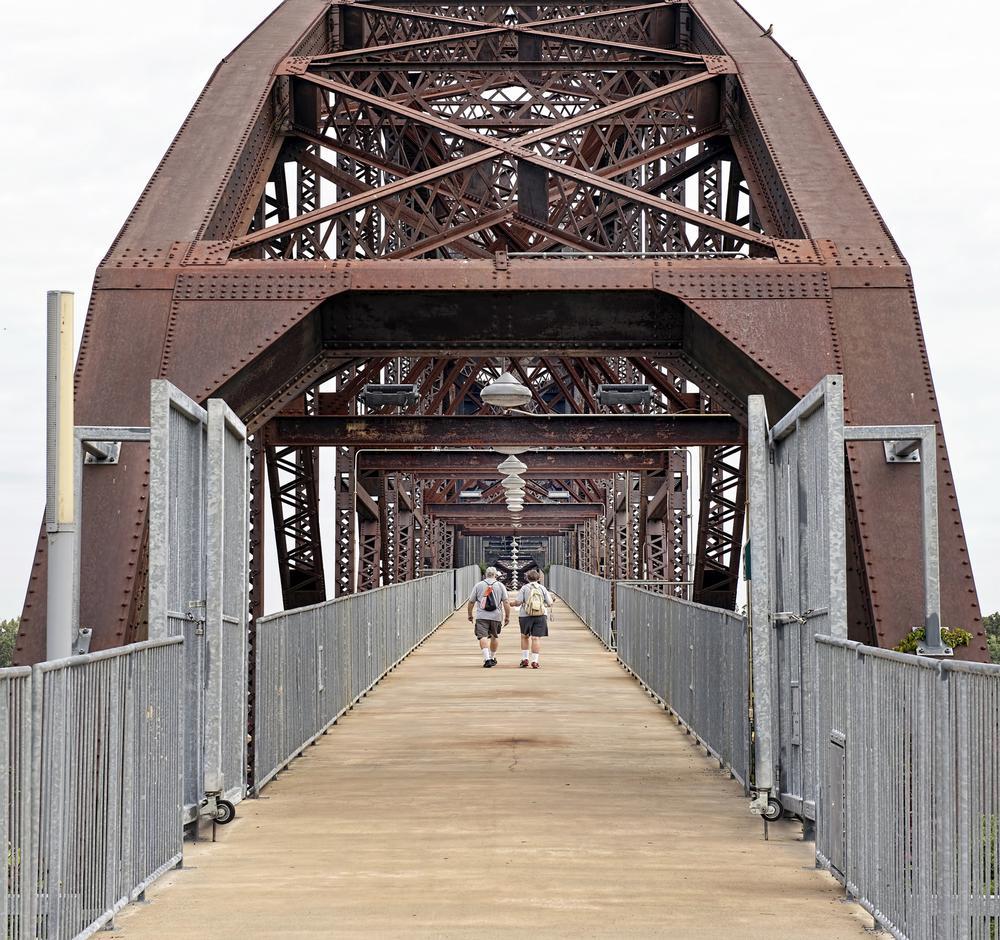
3. The Arkansas River Trail System in Little Rock
Stretching for miles on both sides of the river, this is one of the most scenic urban trail systems I’ve visited in the South, and I think it’s one of the best outdoor experiences in Little Rock.
You can follow this unique trail that weaves through the best parts of the city like a ribbon. I loved walking along a stretch just after lunch, beneath dappled light and beside passing cyclists. The water mirrored cottonwood trees and slow clouds.

4. Conway - 30 minutes from Little Rock
This is one of the best places to visit in Arkansas. Why? Conway pairs great local restaurants, and lakes with a friendly college-town vibe that I loved.
After just a 30-minute drive northwest from Little Rock, I arrived in a community that felt welcoming and walkable, with a relaxed pace yet plenty of culture that completely won me over.
You can stroll around the historic downtown, see 19th- and early 20th-century brick storefronts, cozy cafés, fountains, and independent shops. I think you will find them both timeless and inviting. Its a town that's embraced modern creativity without losing its roots.
Over two nights at the elegant The Haynes House Bed & Breakfast, I explored the Faulkner County Museum, wandered through the revitalized Downtown Historic District (listed on the National Register of Historic Places), and admired the murals and public art in Conway. I also spent time strolling through Laurel Park, and browsed antiques at Pickles Gap Village for an hour.
- Location: Central Arkansas, north of Little Rock along Interstate 40, in the Arkansas River Valley and home to several colleges including the University of Central Arkansas
What I loved best:
Catching a show at the Arkansas Shakespeare Theatre was my personal highlight, the only professional Shakespeare company in the state and well worth it!
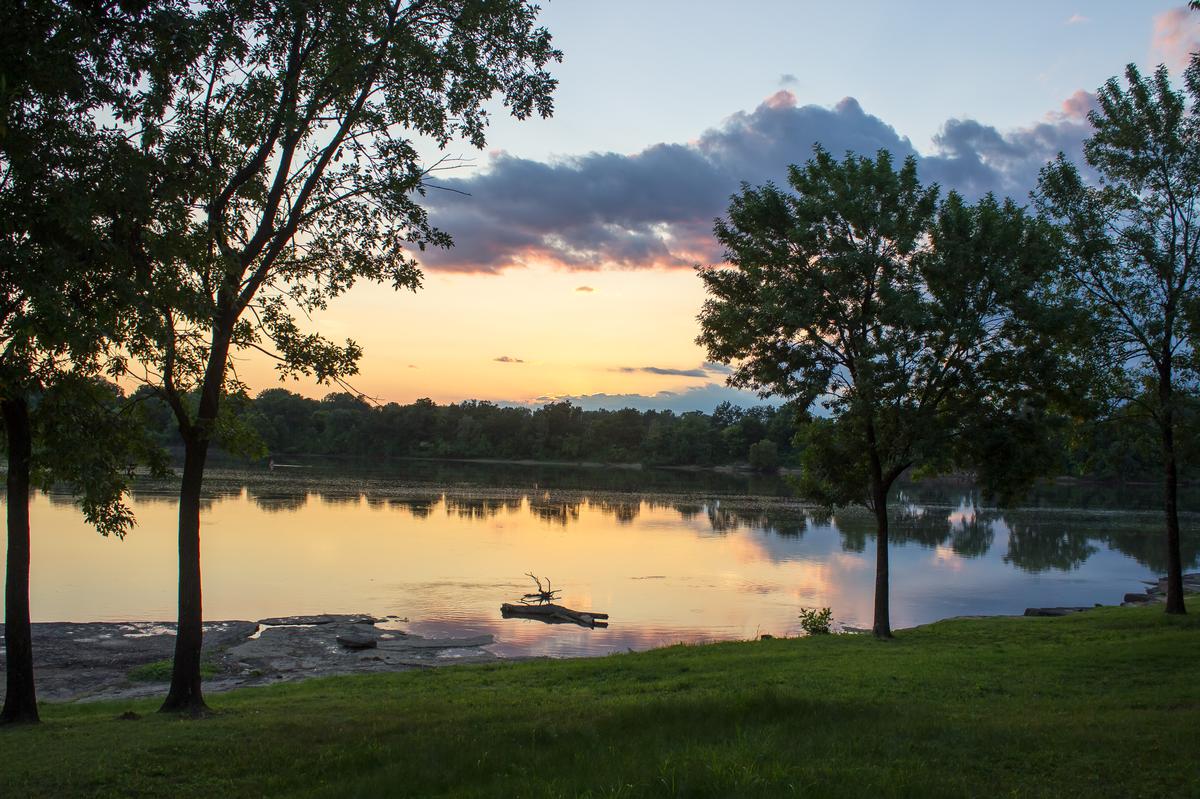
5. Fort Smith - 2 hours 15 minutes from Little Rock
Right at the Oklahoma border, this is one of the most intriguing historic cities I’ve visited in the South, and I think it’s one of the best places to dive into frontier heritage. After a 2-hour drive west from Little Rock along scenic stretches of forested hills and farmland, I arrived in a city steeped in frontier legends. We stayed at 3-star Fairfield by Marriott Inn & Suites Fort Smith for a relaxing week.
I thought that Fort Smith, Arkansas was an unexpectedly fascinating mix of historic Old West and Southern charm, where history and modern creativity come together on the banks of the Arkansas River.
The downtown district is lined with handsome 19th-century buildings, restored brick storefronts, and murals that bring splashes of color and storytelling to every corner.
I immersed myself in Fort Smith’s unique past at the National Historic Site, I strolled through the Belle Grove Historic District, admired the ironwork balconies on Victorian homes, and browsed galleries in the blossoming Unexpected Project art spaces.
- Location: Western Arkansas, along the Arkansas–Oklahoma border at the confluence of the Arkansas and Poteau Rivers, south of the Ozark Mountains
What I loved best:
Dinner at Doe’s Eat Place was my personal highlight, a juicy porterhouse steak seared in cast iron, served family-style.
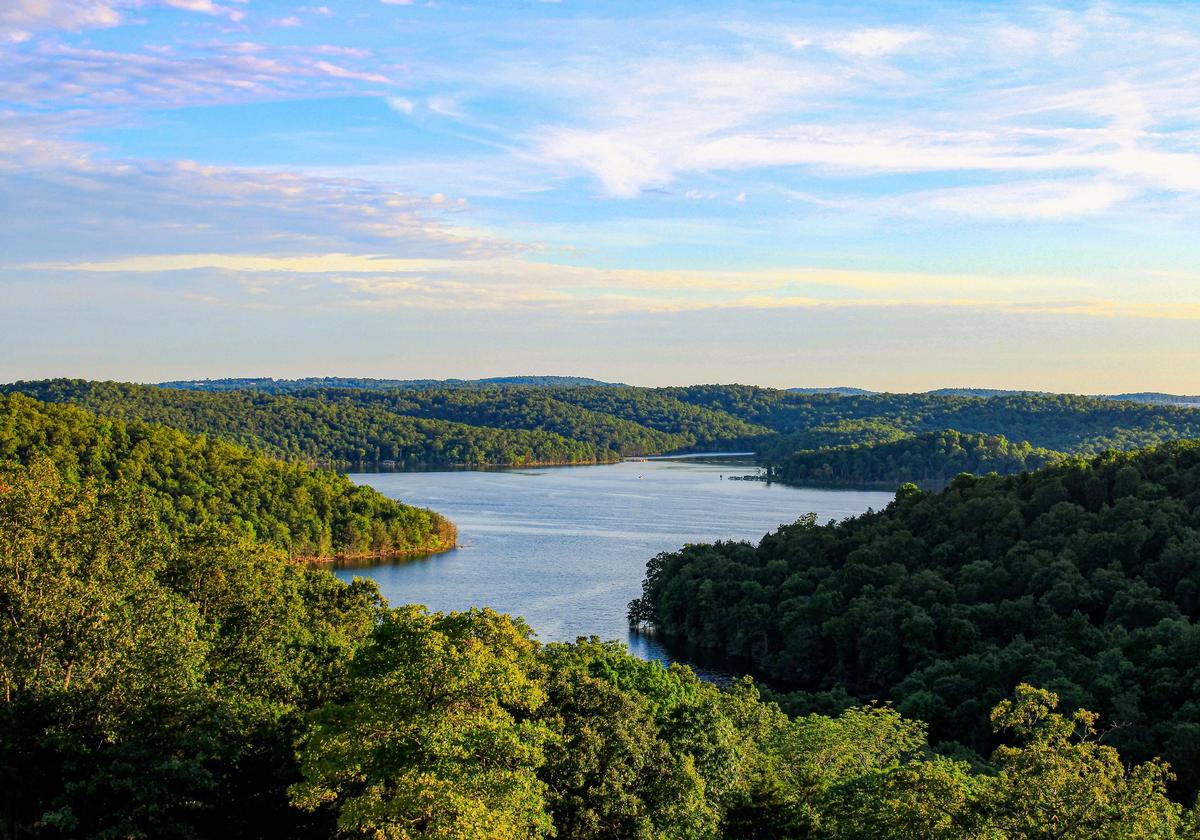
6. Mountain Home - 2 hours 45 minutes from Little Rock
Ready for a peaceful Ozark getaway? Check out Mountain Home—a real standout! I found this place to be a serene blend of Ozark beauty and small-town warmth, surrounded by sparkling lakes and rolling hills that invite both adventure and relaxation. Mountain Home charmed me with it's outdoorsy spirit, down-toearth people, and an easygoing pace.
After a 3-hour drive north from Little Rock, winding through forested ridges and quiet valleys, I arrived in a place that felt calm yet alive with possibility. During two nights at the cozy 2-star Lake Norfork Resort, I soaked up sunrise views over the water, wandered through downtown Mountain Home’s square with its modest historic buildings and inviting cafés, and spent afternoons exploring the natural wonders that frame the town.
- Location: Northern Arkansas, in the Ozark Mountains near the Missouri border, between Bull Shoals Lake and Norfork Lake
What I loved best:
From a scenic drive around Norfork and Bull Shoals Lakes for 2 hours to a hike through the lush Ozark trails, every moment seemed to balance tranquility with a spirit of discovery.
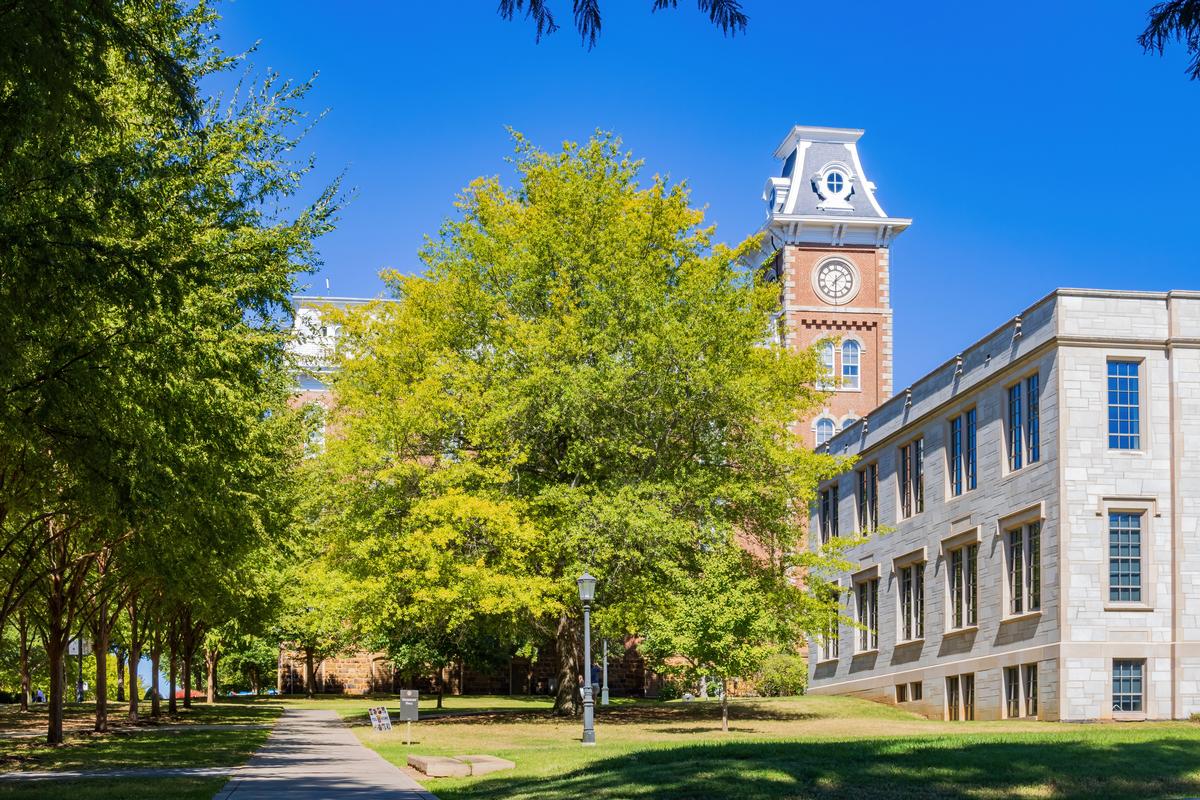
7. Fayetteville - 2 hours 40 minutes from Little Rock
This is one of the most dynamic and creative small cities I’ve visited in the South. Why? Fayetteville pairs a walkable entertainment district with art galleries, bike trails, great restaurants, and a warm community feel.
After a 3-hour drive northwest from Little Rock, I didn’t expect to feel so at home in Fayetteville and with mild weather and the trails drying out, it was the perfect time to explore.
I spent two joy-filled days at the stylish 4-star Graduate Fayetteville Hotel, diving into Fayetteville’s creative and outdoorsy heart — hiking the Lake Fayetteville Trail, browsing vintage shops and record stores downtown, and catching live bluegrass at George’s Majestic Lounge, one of the oldest music venues in the state. And each morning began the same way: with a stop at Arsaga’s Coffee Roasters and whether sipping a perfectly pulled cortado at their Church & Center café or grabbing an espresso to go before a morning hike, it became my favorite ritual — warm, unpretentious, and deeply local.
- Location: Northwestern Arkansas, in the Ozark Mountains south of Bentonville and north of the Boston Mountains, home to the University of Arkansas
What I loved best:
Admiring the Italianate architecture along the historic square, visit the Fayetteville Farmers’ Market, and wander through Wilson Park.
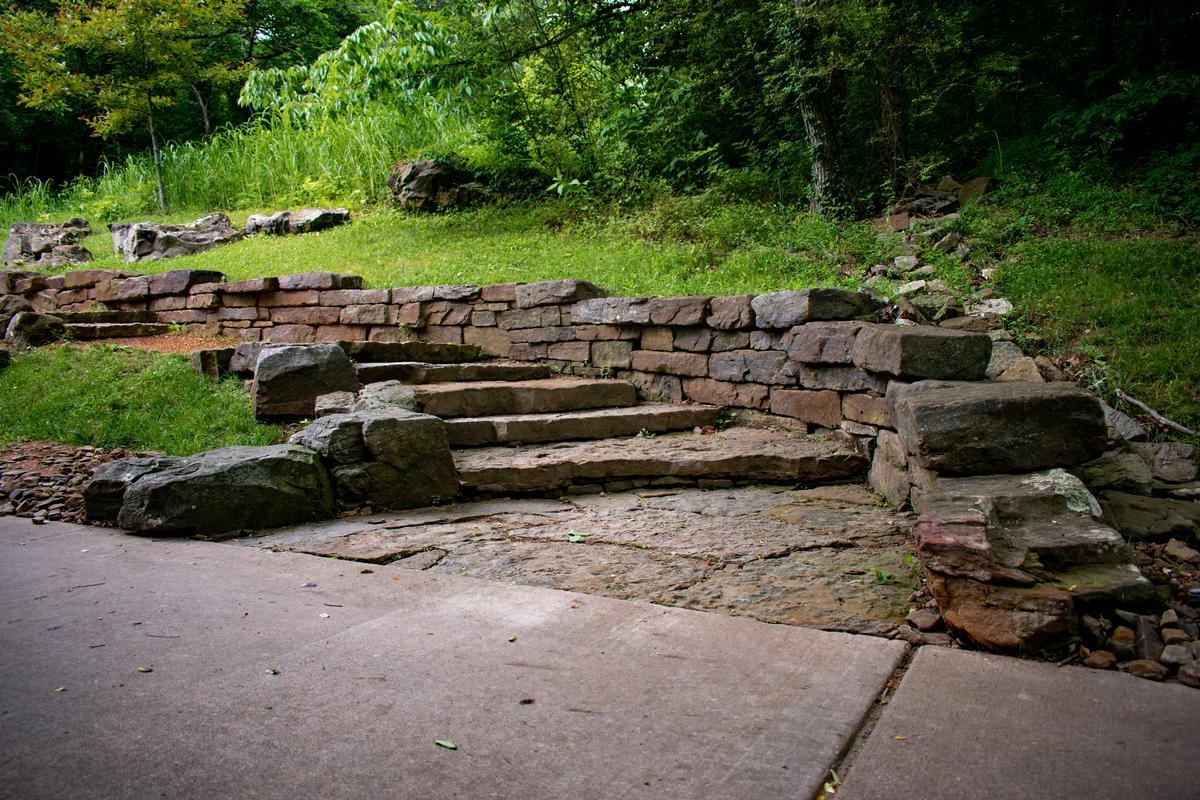
8. Bentonville - 3.5 hours from Little Rock
Ready for a culture-and-outdoors getaway? Check out Bentonville, a real standout! I was pleasantly surprised by this town, a once-quiet Ozark town that has blossomed into a dynamic hub of art, cycling, and culinary creativity. The birthplace of Walmart has managed to balance its historic small-town feel with an impressive modern cultural renaissance, all framed by rolling hills, leafy neighborhoods, and a thriving downtown square.
After a 3.5-hour drive northwest from Little Rock through the scenic Boston Mountains, I found a place that felt both cutting-edge and welcoming, with deep ties to local heritage and an unmistakable energy driven by the arts and outdoors.
During two nights at the charming 4-star Victoria Inn, I wandered through the acclaimed Crystal Bridges Museum of American Art with its stunning Moshe Safdie architecture nestled into the woods, pedaled the Razorback Greenway past farm fields and forests, explored the inventive Momentary contemporary art space, and joined locals for a lively evening at the Walton Arts Center.
- Location: Northwestern Arkansas, in the Ozark Plateau north of Fayetteville and west of Beaver Lake, known as the headquarters of Walmart and home to Crystal Bridges Museum of American Art
What I loved best:
Dining at The Hive inside 21c Museum Hotel was my personal highlight. They serve delicious locally sourced Arkansas fare!
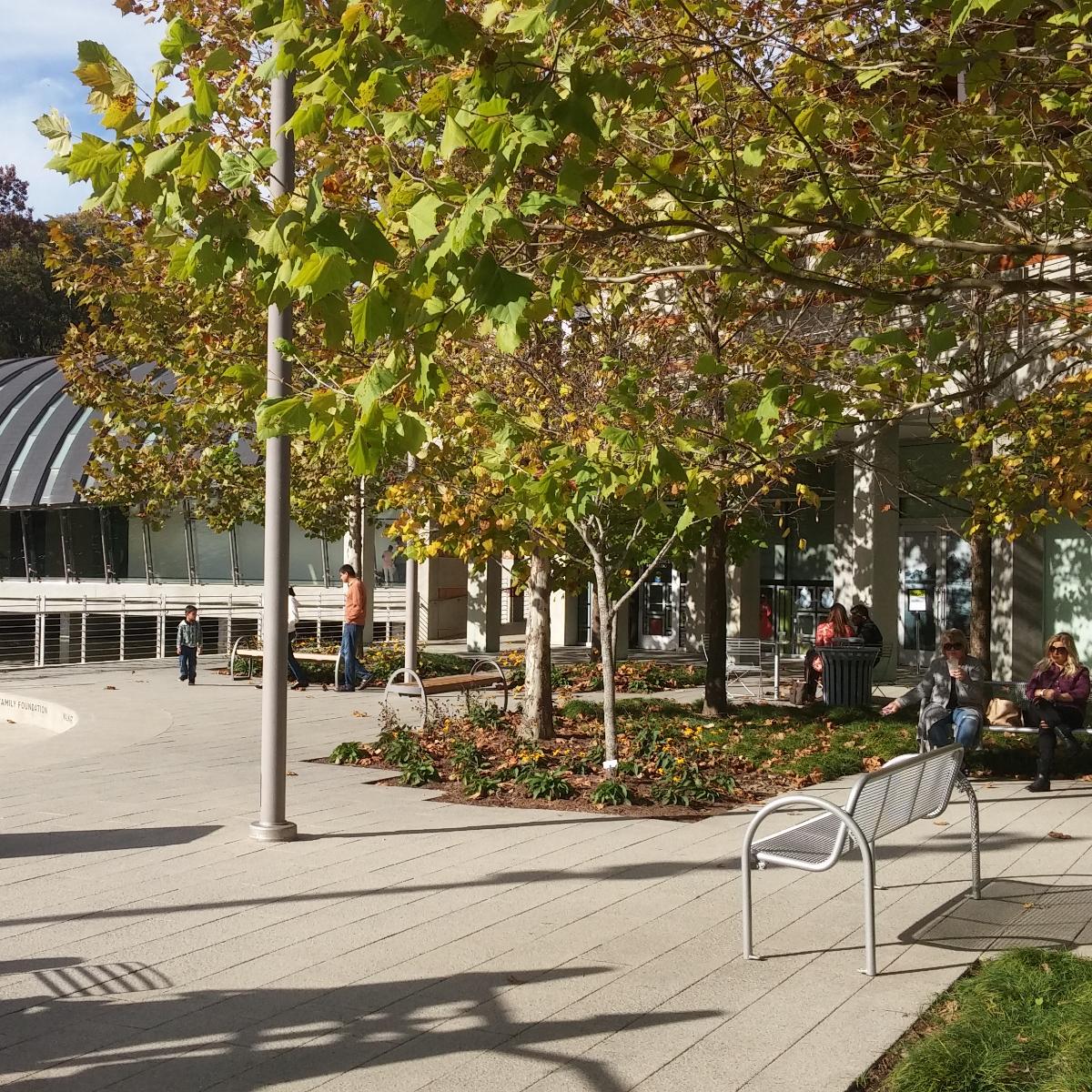
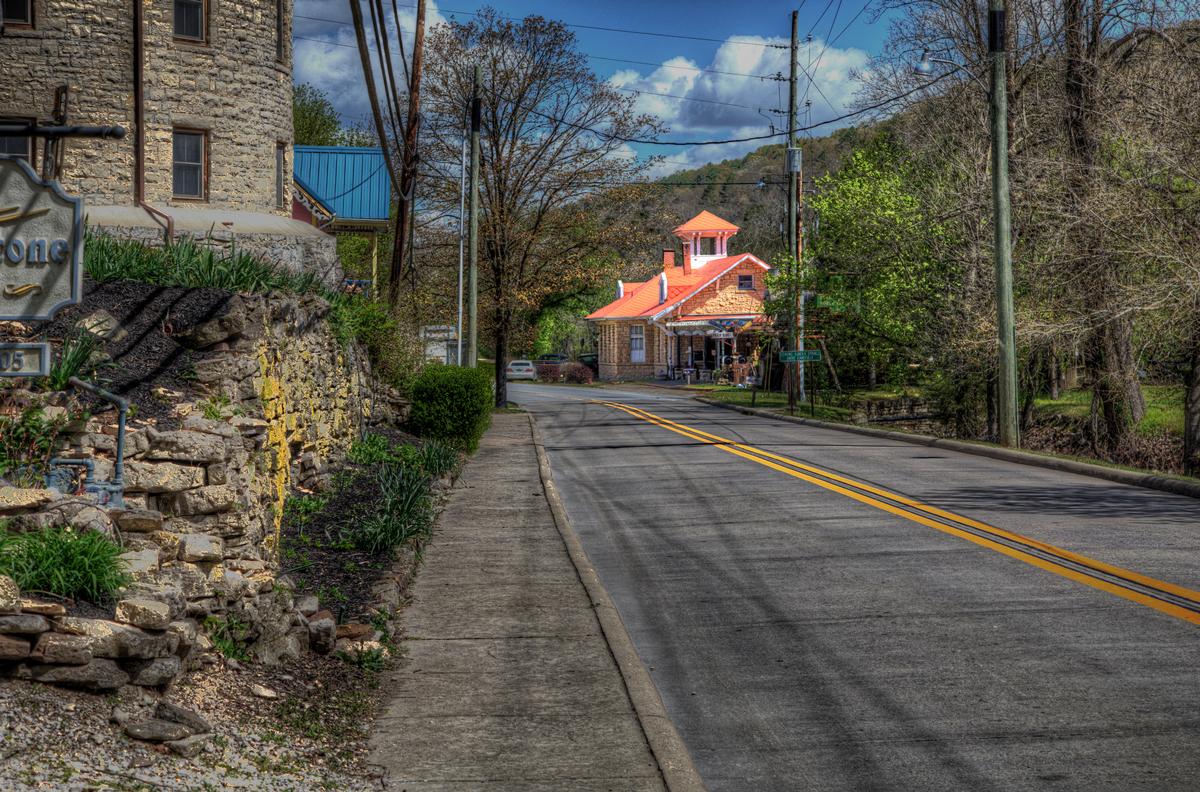
9. Eureka Springs - 3 hours 20 minutes from Little Rock
I was completely enchanted by this Victorian jewel tucked into the Ozark hills, where winding streets cascade down steep hillsides, and gingerbread-trimmed cottages peek through the trees. With its natural springs, quirky art scene, and rich history, this little mountain town feels timeless and delightfully offbeat.
After a winding 1.5-hour drive west from Bentonville, past forested ridges and hidden valleys, I discovered a place that felt whimsical and restorative, steeped in history yet alive with creativity, music, and mountain charm.
During two nights at the elegant 3-star 1886 Crescent Hotel (famous for its turreted stone façade and ghostly legends), I wandered through the historic downtown with its maze of narrow lanes and colorful shops, admired the Gilded Age architecture of grand hotels and bathhouses, and marveled at Thorncrown Chapel’s soaring glass-and-wood design set in the woods.
- Location: Northwestern Arkansas, in the Ozark Mountains near the Missouri border, known for its steep winding streets, historic Victorian architecture, and natural springs
What I loved best:
Soaking in the peaceful energy of the Blue Spring Heritage Center gardens
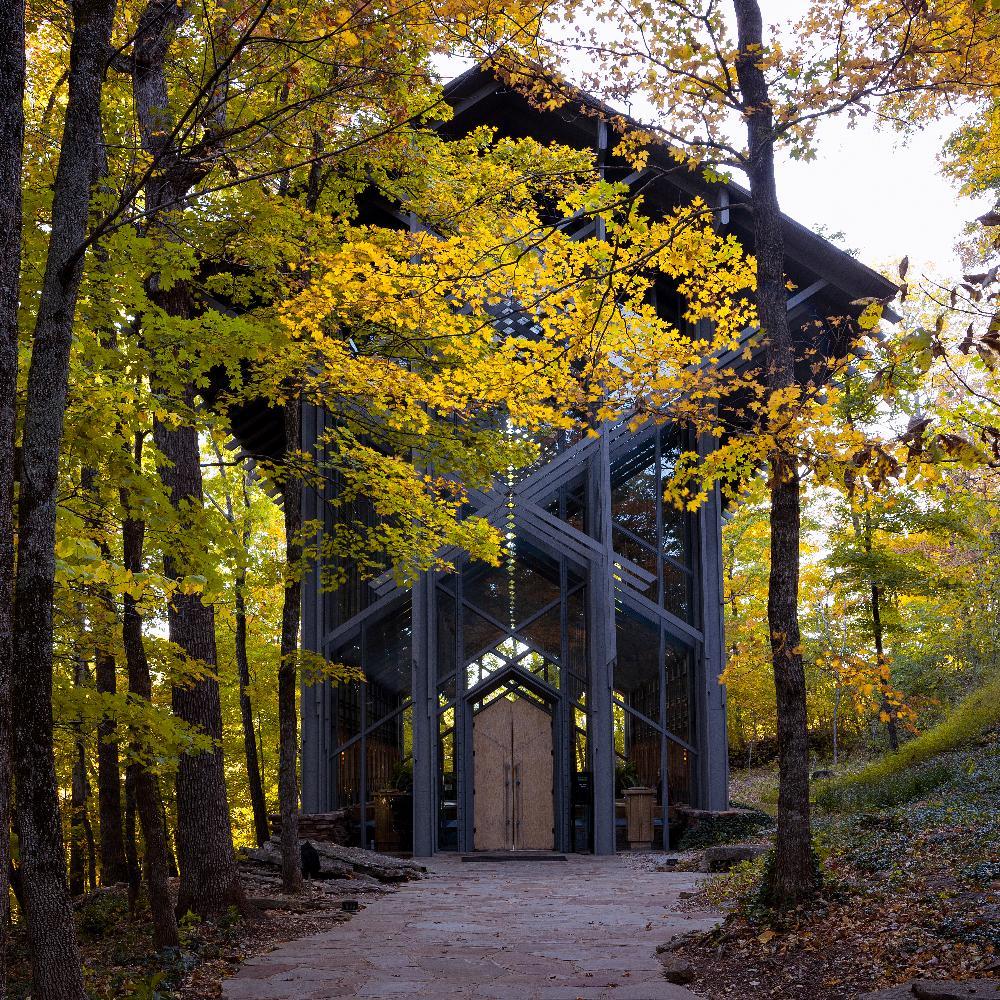
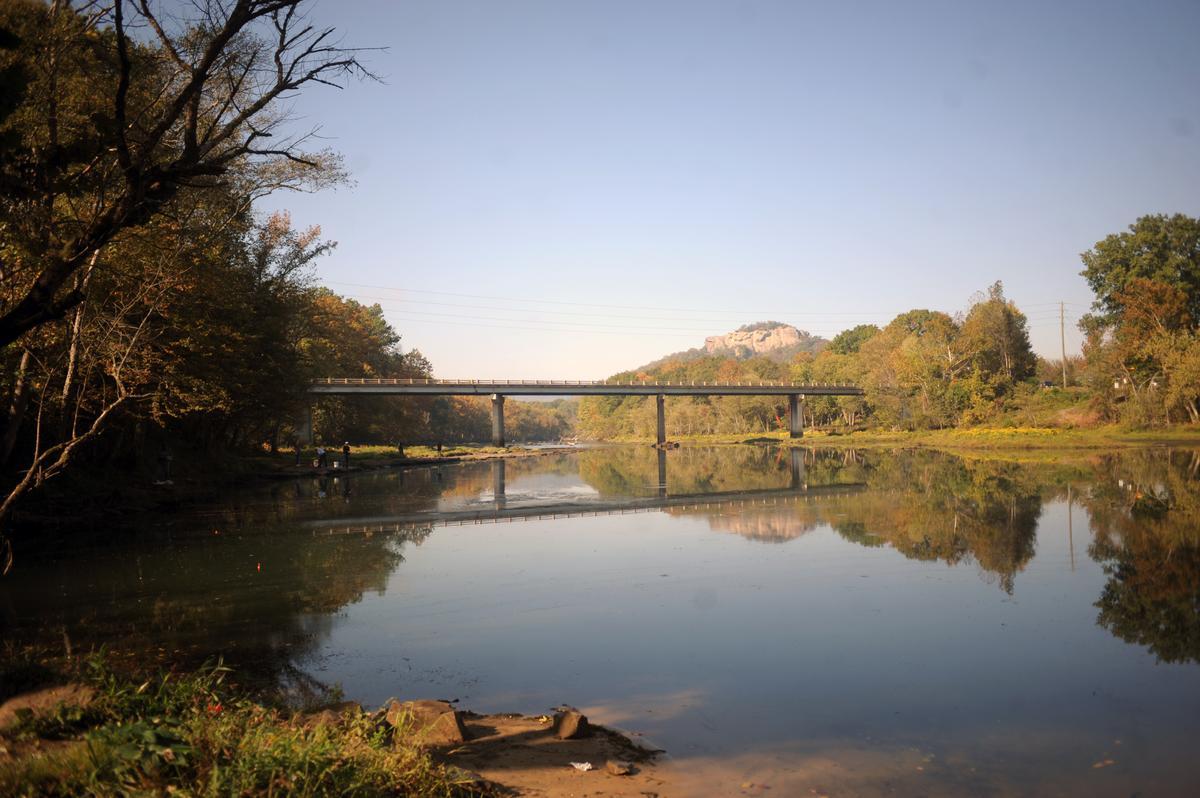
10. Heber Springs, Arkansas
Set near the foothills of the Ozarks, this is one of the most inviting lake towns I’ve visited in Arkansas, and I think it’s one of the best destinations for anyone who loves water and nature.
I’ve always been drawn to small towns that offer both natural beauty and a sense of peaceful escape, and this is exactly that kind of place. Nestled in the foothills of the Ozark Mountains, this charming town sits along the Little Red River and the sparkling shores of Greers Ferry Lake. It may be quiet compared to bigger destinations, but it has a magical blend of outdoor adventure, scenic beauty, and warm Southern hospitality.
I spent four days here at Holiday Inn Express & Suites Heber Springs and quickly fell in love with its laid-back rhythm. I hiked the picturesque trails around Bridal Veil Falls and Sugarloaf Mountain, where the views stretch across the rolling Arkansas hills. I wandered through the historic downtown, then admired the restored courthouse square and its welcoming small-town charm.
- Location: North-central Arkansas, in the foothills of the Ozark Mountains near Greers Ferry Lake, northeast of Conway and west of Batesville
What I loved best:
Afternoons by Greers Ferry Lake were unforgettable. Here are the places I think you should definitely see.

11. Springdale, Arkansas - 2 hours 45 minutes from Little Rock
What I loved most about this Arkansas day trip is its access to nature. I really enjoyed my time here, a hardworking Ozark community that blends a rich patchwork of cultures, industry, and natural beauty. Known as the headquarters of Tyson Foods and as a gateway to northwest Arkansas’ outdoor adventures, the town surprised me with its lively downtown, and easy access to the rolling hills and trails of the Ozarks.
After a quick 15-minute drive north from Fayetteville, I arrived in a place that felt authentic and dynamic—rooted in farming and poultry heritage yet evolving into a hub of food, sports, and cultural connections.
During two nights at the cozy Inn at the Mill nearby, I explored the revitalized Emma Avenue historic district, and caught a minor league ballgame at Arvest Ballpark. I also made time to explore the Shiloh Museum of Ozark History, which tells the region’s story through frontier cabins, photographs, and exhibits, and has been named “Museum of the Year” by the Arkansas Museum Association.
- Location: Northwestern Arkansas, in the Ozark Mountains between Fayetteville and Rogers, part of the rapidly growing Northwest Arkansas region
What I loved best:
For me, Springdale is one of the best places to visit in Arkansas because it's affordable and unique!
My personal highlight were 2 hours I spent walking along the stretch of the scenic Razorback Greenway that runs right through town.
Booking Checklist
1. Book Your Flight - I use Expedia because I like their mobile app with my itinerary. They've helped me re-book flights on many occasions. Once you reach their Gold tier, support is especially good.
2. Book Your Hotel - I use Booking.com or Expedia, depending on my destination.
3. Book Your Rental Car - I use Expedia.
4. Book your tours on Viator or Get Your Guide.
5. If you are planning to visit more than three national parks in the next 12 months, buy the America the Beautiful Pass.
